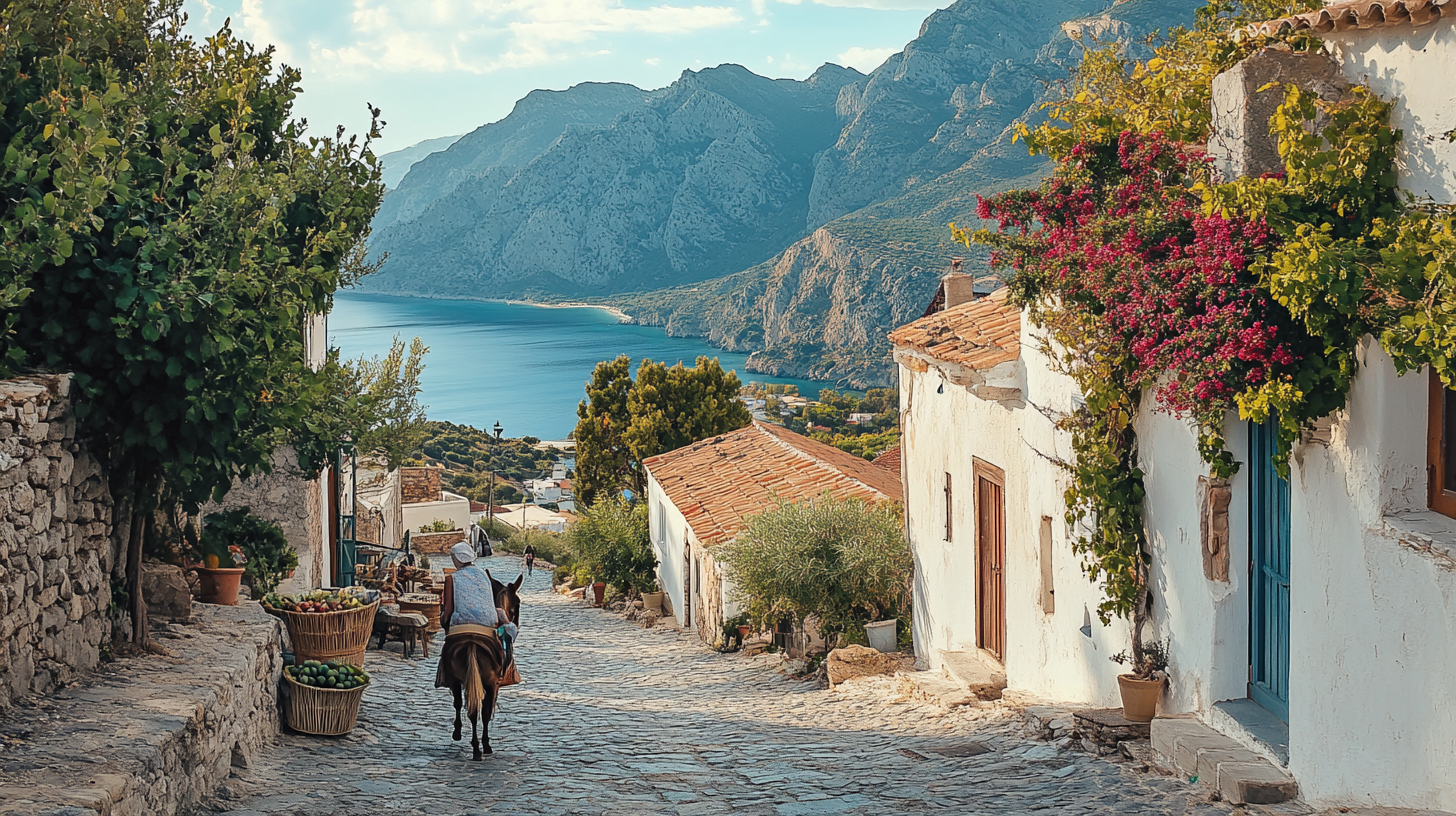Most visitors know Crete, Greece, for its sun-soaked beaches and ancient ruins, but this remarkable Mediterranean island, stretching 160 miles (257 kilometers) long, holds surprises that challenge our modern assumptions about sustainable living. From olive trees that have produced fruit since Minoan times to rural communities choosing traditional wisdom over urban convenience, Crete’s story offers a refreshing alternative to our fast-paced, disconnected world. Here, where geography and climate create unique conditions found nowhere else in Europe, ancient knowledge and modern progress work in harmony to create something extraordinary.
These 8 lesser-known facts about Crete will transform your understanding of what makes this Mediterranean gem truly exceptional – and might even change how you think about progress itself.
1. An Island That Grows Higher Through Saharan Winds
Here’s something extraordinary about Crete, Greece – it’s actually growing taller. The island gains about one centimeter in height every thousand years, thanks to an unexpected source: dust from the Sahara Desert. When southern winds sweep across the Mediterranean, they carry tiny particles of Saharan dust that gradually settle on Crete’s surface. This phenomenon has become even more significant in recent years, with global dust mass loads now 56% higher than pre-industrial times.
Key impacts of this natural phenomenon:
- The dust particles contain vital iron and phosphorus that naturally fertilize both land and sea ecosystems
- While these winds can temporarily reduce visibility and affect respiratory health, their long-term impact on the ecosystem is remarkably positive
- This natural fertilization process contributes directly to the island’s rich biodiversity and agricultural success
- The mineral-rich particles help nourish Crete’s crystal-clear waters and lush vegetation
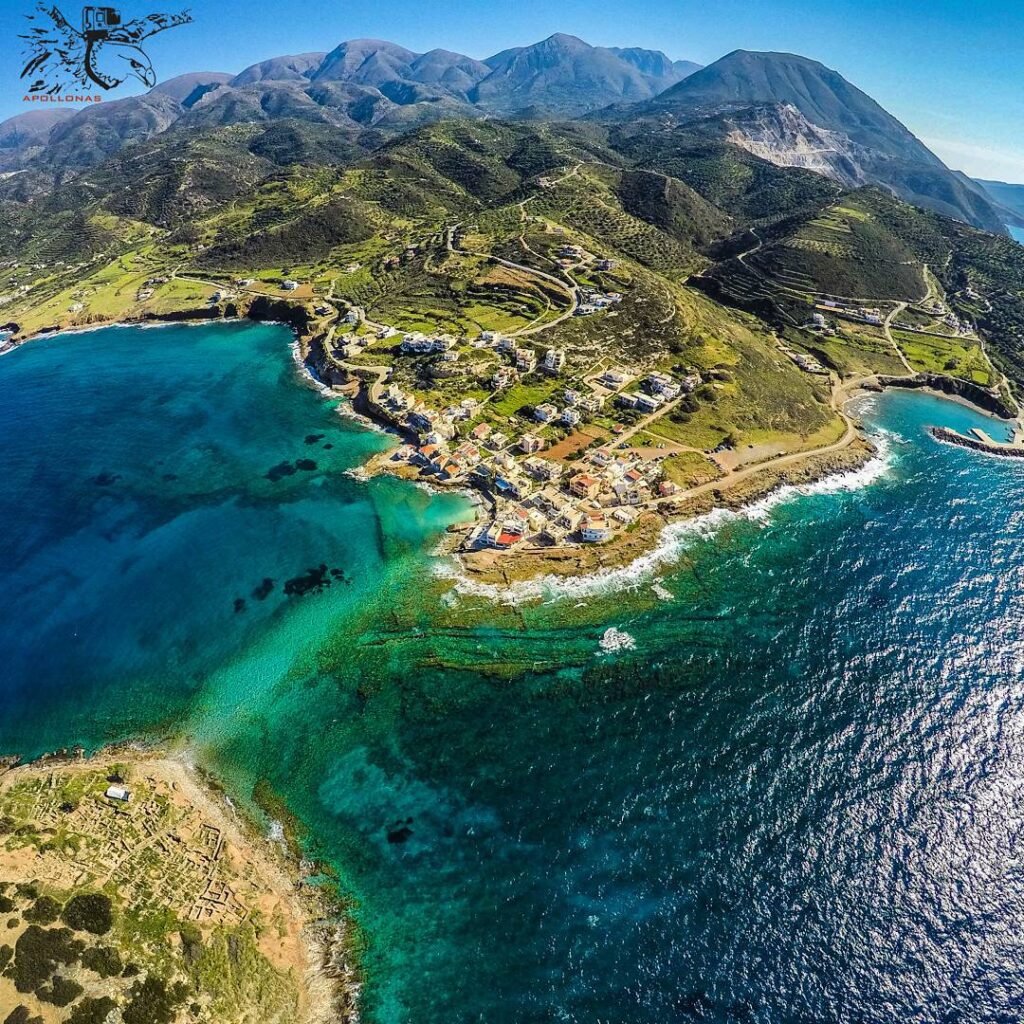
2. A Tale of Two Climate Zones
One of the most fascinating features of Crete, Greece is how it exists between two distinct worlds – Mediterranean in the north and North African in the south. This unique geographical position creates remarkable microclimates that influence everything from agriculture to daily life across the island. The differences between these climate zones are strikingly visible as you travel through the island.
This remarkable climate divide shows through:
- The northern region supports typical Mediterranean vegetation like olive groves, while the southern areas nurture drought-resistant plants more common to North Africa
- Spring arrives weeks earlier on the southern coast, allowing comfortable swimming while the north still experiences winter
- Saharan dust events are notably more intense in the south, contributing to the gradual one-centimeter rise in elevation every millennium
- This climate divide has shaped both traditional architecture and farming practices, making Crete a unique agricultural hub in the Mediterranean region.
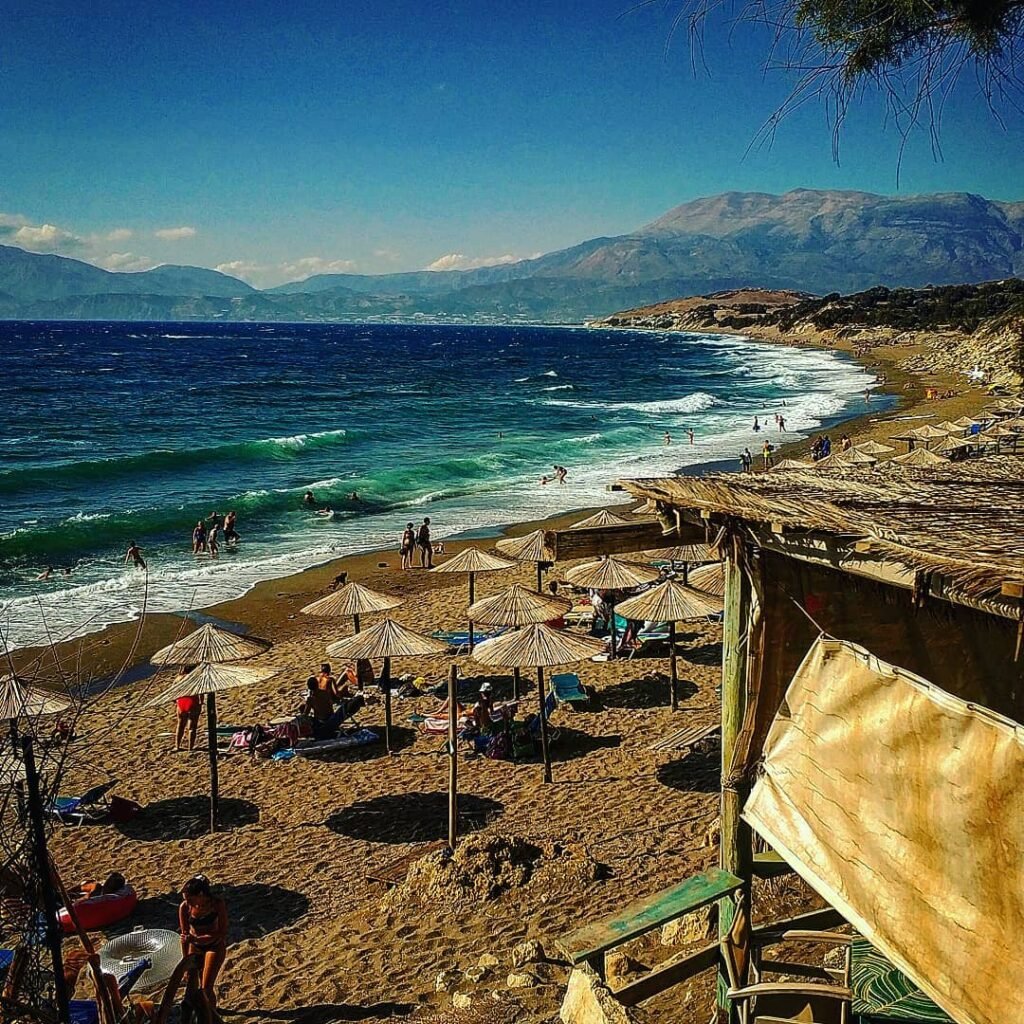
3. Crystal Waters That Rival the Caribbean
The island of Crete boasts some of Europe’s cleanest coastal waters, with underwater visibility reaching an impressive 40 meters in depth. This remarkable clarity makes the island a paradise for swimming, snorkeling, and diving, offering an unmatched view of the Mediterranean’s vibrant marine life. When you float in these waters, the experience is comparable to being suspended in pure glass.
What makes these waters special:
- The island’s position between two climate zones creates perfect conditions for maintaining pristine waters
- The northern coast offers calmer waters ideal for swimming, while the southern waters rival tropical destinations in clarity
- The exceptional visibility allows amateur photographers to capture professional-quality underwater shots without specialized equipment
- Natural mineral deposits from Saharan winds contribute to the unique composition and clarity of these waters
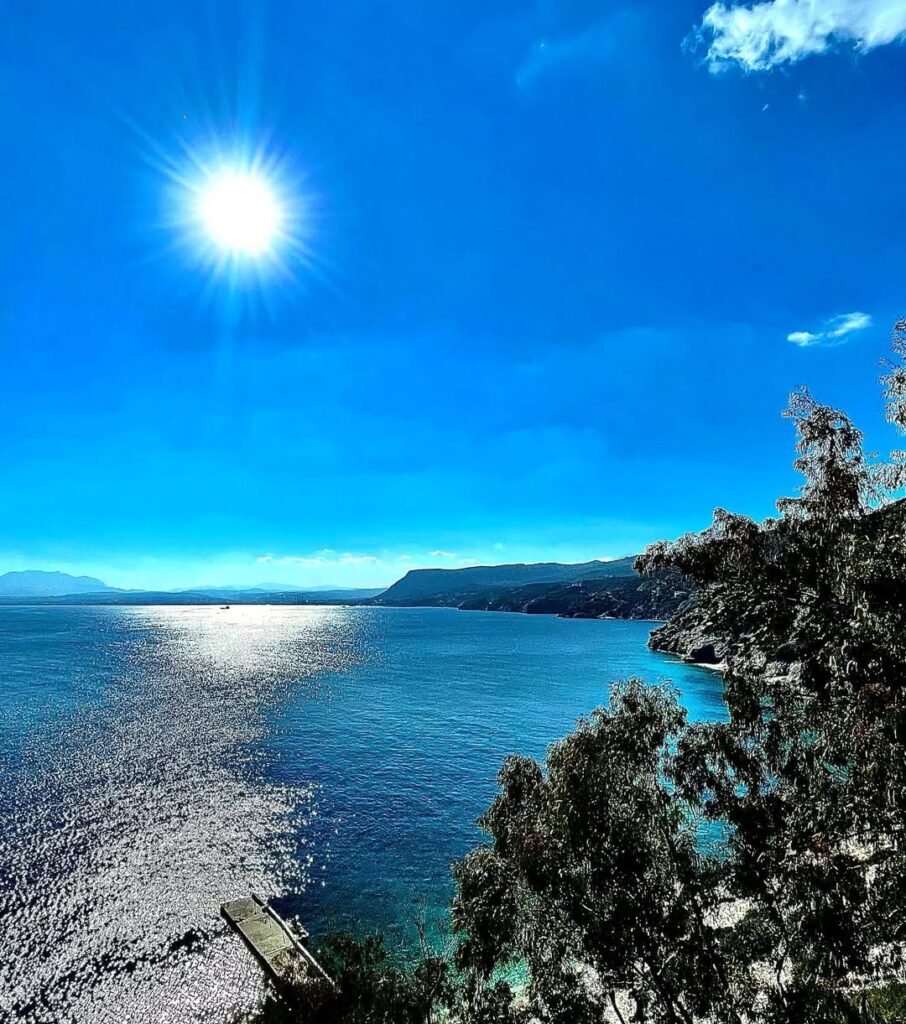
4. Rural Living Remains Strong
While most Mediterranean islands see their villages slowly emptying, 45% of the population in this corner of Greece still chooses countryside living over city life. This isn’t just a statistical detail – it represents a thriving way of life that has been woven into Crete’s identity for generations. These rural communities embody the island’s spirit of self-sufficiency, maintaining an unemployment rate of just 4% – half of Greece’s national average.
The strength of rural Crete reveals itself through:
- The management of over 30 million olive trees using a blend of traditional wisdom and modern techniques
- A contribution of 31% to Greece’s total olive oil production, making these communities vital to the national economy
- A successful balance of traditional farming with contemporary methods that keeps attracting younger generations
- An impressive ability to maintain self-sufficiency while adapting to modern agricultural demands.
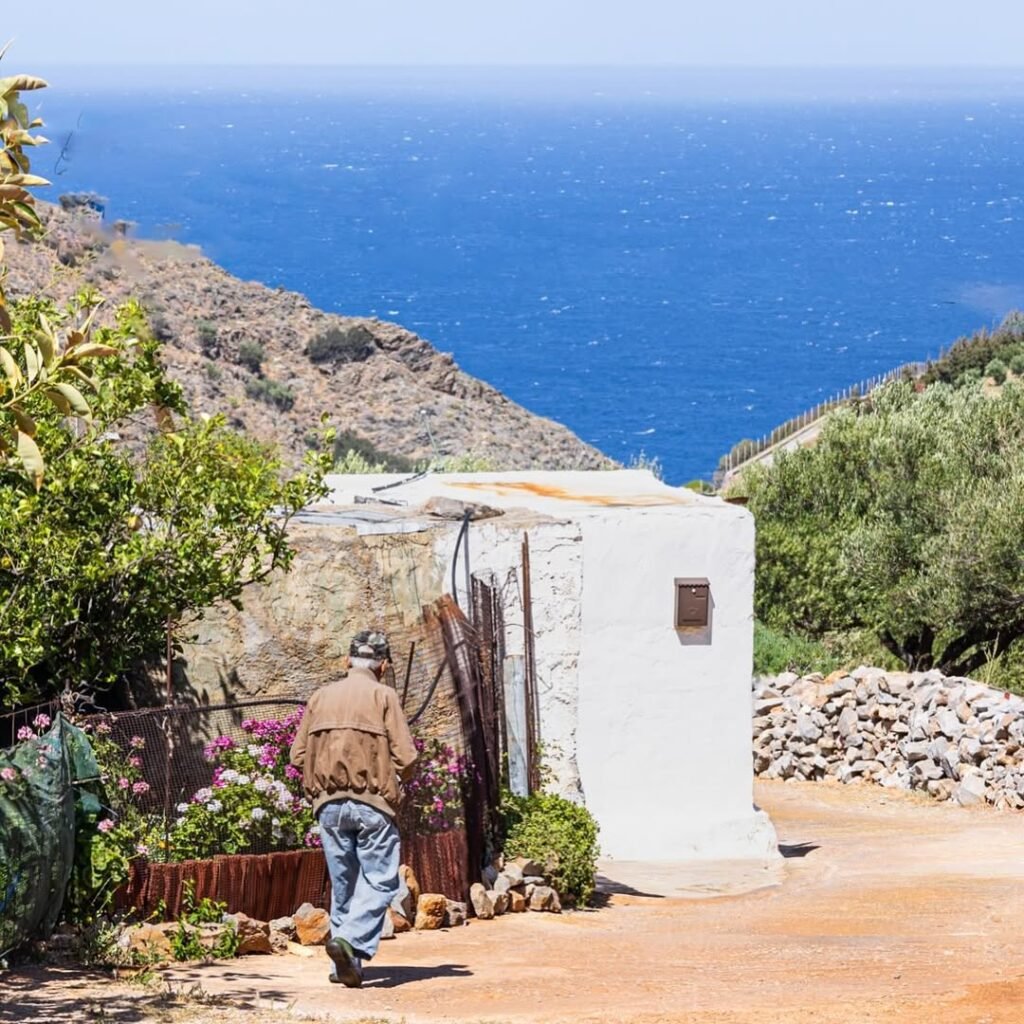
5. The Liquid Gold Capital of Greece
Often called Mediterranean ‘liquid gold’, olive oil flows abundantly through the economy of Crete, where more than 30 million trees produce an astounding 50,000 tons (50 million kilograms) of Cretan olive oil annually. This remarkable production represents nearly a third of Greece’s total olive oil output, establishing the island as a true Mediterranean powerhouse in the industry.
Numbers that showcase this golden success:
- Olive groves cover almost a quarter of the island’s total area – 193,813 hectares (1,938 km²)
- Olive oil exports reached €466.3 million in 2023, making up 52.7% of Crete’s total export value
- Each tree is part of a centuries-old tradition blending ancient expertise with modern production methods
- The industry supports thousands of families and maintains Crete’s status as Greece’s largest olive oil producer.
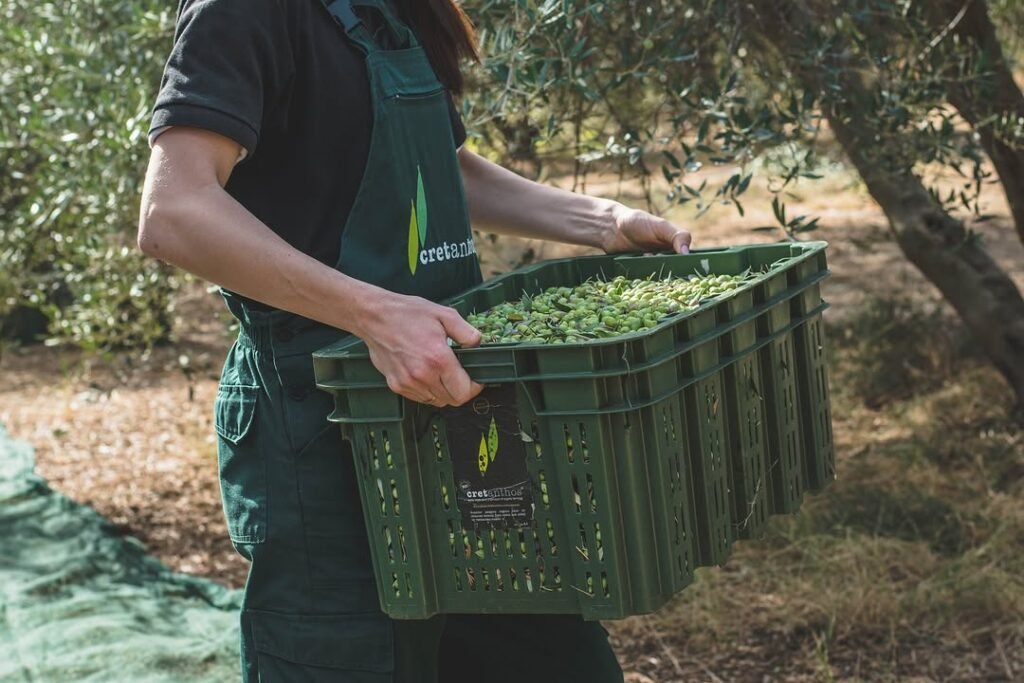
6. Ancient Olive Trees Still Bearing Fruit
Some of the world’s oldest living monuments aren’t made of stone – they’re the ancient olive trees of Crete that have produced fruit since Minoan times. The island’s relationship with olive cultivation stretches back to 3,500 BC, marking it as the birthplace of the world’s first olive cultivation. By 2,000 BC, olive growing had become systematic and crucial to the island’s economy.
These living legends include:
- The Vouves Olive Tree: One of the world’s oldest (3,000-5,000 years old), still producing olives today and protected as a natural monument since 1997
- The Kavousi Olive Tree: A 3,250-year-old giant with a trunk diameter of 4.9 meters and circumference of 14.20 meters
- Ancient olive kernels and processing facilities discovered in the Minoan palaces of Knossos, Phaistos, and Zakros
- Remarkably preserved edible olives found in Zakros Sitias, still maintaining their flesh after 3,500 years.
While many countries now turn to GMO olive trees for faster growth and higher yields, these ancient Cretan specimens represent the original, untouched genetic heritage of olive cultivation. Their preservation isn’t just about maintaining history – it’s about protecting authentic DNA that has proven its resilience over millennia.
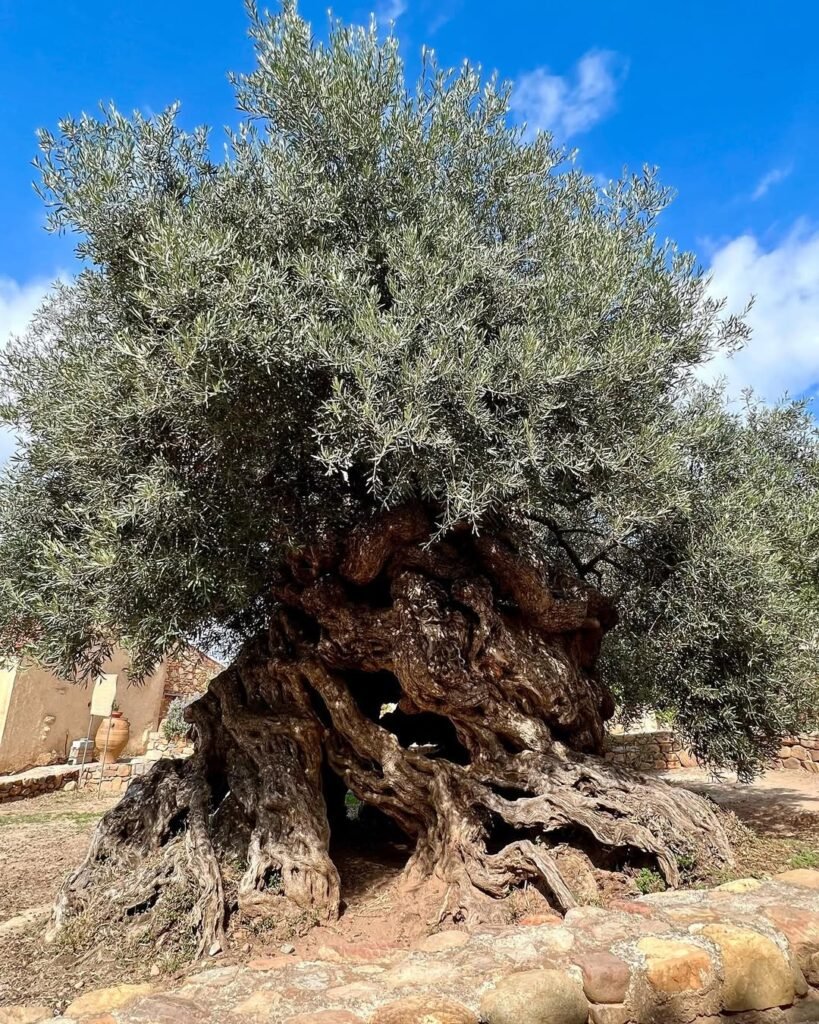
7. Wine Country by the Sea
When it comes to Greek wine production, Crete holds an impressive title – every fifth bottle of Greek wine originates from its sun-drenched vineyards. The heart of this wine country lies in the Peza region, where generations of winemakers have perfected their craft under the Mediterranean sun. The combination of mineral-rich soil, ideal climate conditions, and centuries-old techniques creates wines that showcase the island’s unique terroir.
The island’s wine heritage includes:
- Indigenous grape varieties like Vidiano and Kotsifali that thrive exclusively in Crete’s unique microclimate
- Family-run wineries where traditional methods blend seamlessly with modern techniques
- Ancient wine caves carved into hillsides that maintain perfect natural aging temperatures
- Traditional harvest festivals that keep age-old customs alive.
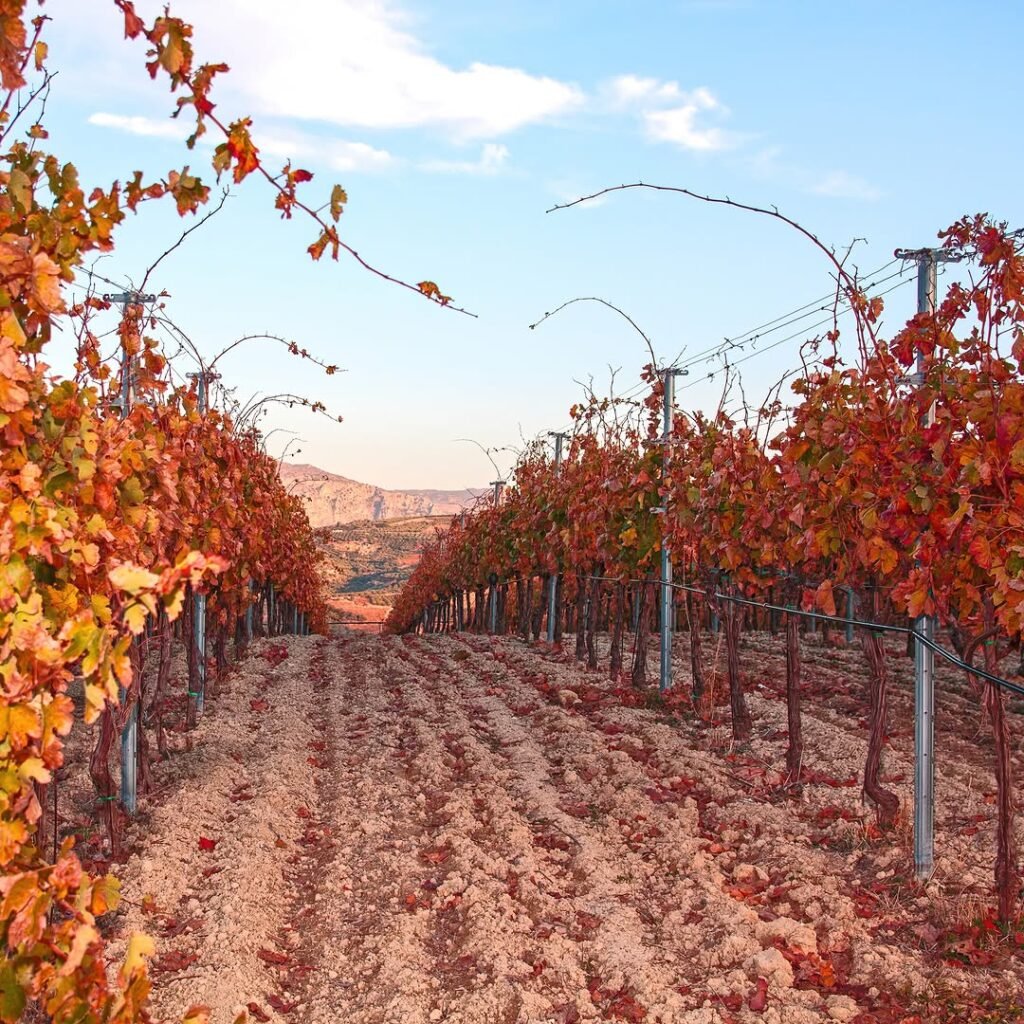
Crete’s winemaking tradition runs deeper than simply producing bottles – it’s a living cultural heritage that dates back to Minoan times. Modern winemakers continue this legacy while innovating with sustainable practices, making the island’s wine industry a perfect example of how tradition and progress can work together in creating exceptional Mediterranean wines.
8. A Land of Dramatic Natural Contrasts
From soaring peaks to pristine beaches, the landscape of Crete packs more diversity than most entire countries. The island features an astounding 200 gorges carving through its terrain and 5,000+ caves concealing natural wonders. But what truly sets this Mediterranean gem apart is its extraordinary botanical richness.
The island’s natural treasures include:
- 1,750 plant species flourishing across varied terrains, with 160 species found nowhere else on Earth
- A unique blend of Mediterranean and North African climates creating perfect conditions for rare flora
- Hillsides dotted with rare orchids in spring and aromatic herbs like thyme and sage year-round
- Diverse ecosystems ranging from high mountain peaks to fertile plains, supporting everything from medicinal herbs to olive groves.
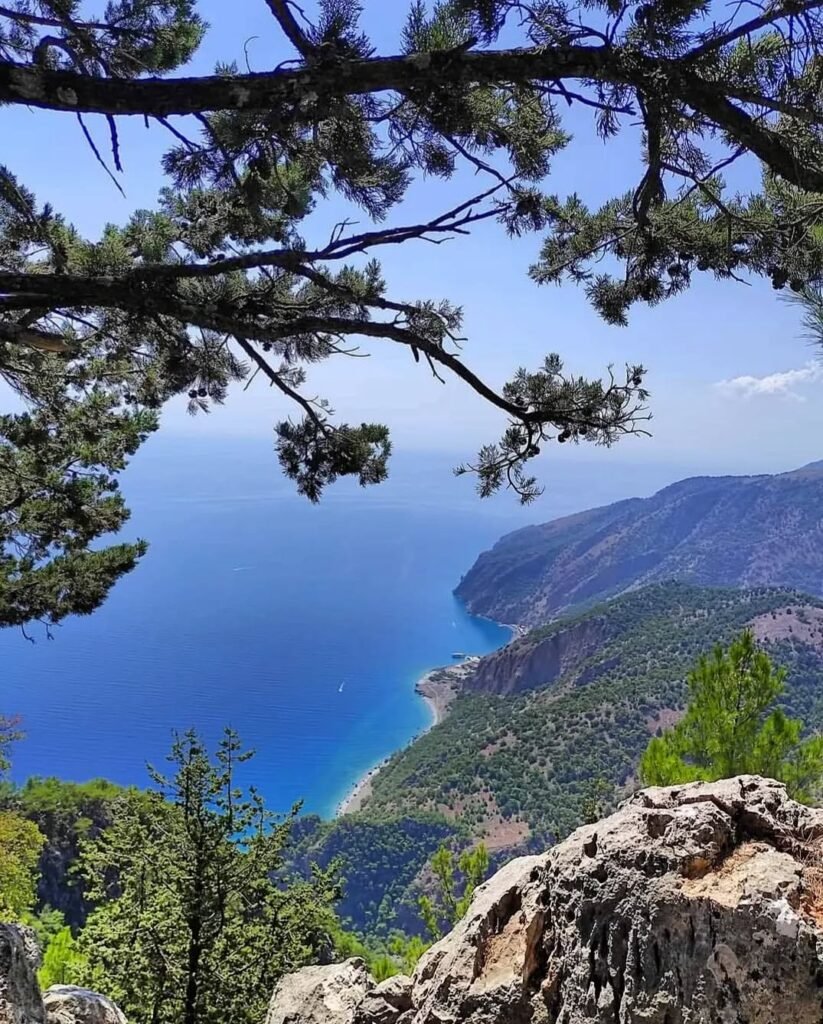
Conclusion
Discovering these lesser-known facets of Crete reveals a place where nature’s wonders, human resilience, and ancient wisdom blend into something truly extraordinary. Beyond its famous beaches and historical sites, this remarkable island offers lessons in sustainability, tradition, and progress that go far deeper than most visitors realize. In an age where most of us have lost touch with our food sources and depend on plastic-wrapped products from supermarket shelves, Crete’s thriving rural communities and self-sufficient way of life remind us of a more connected way of living that many of our grandparents once knew. To understand Crete is to understand how a place can remain true to its roots while growing stronger – just like its ancient olive trees that still bear fruit after thousands of years.

